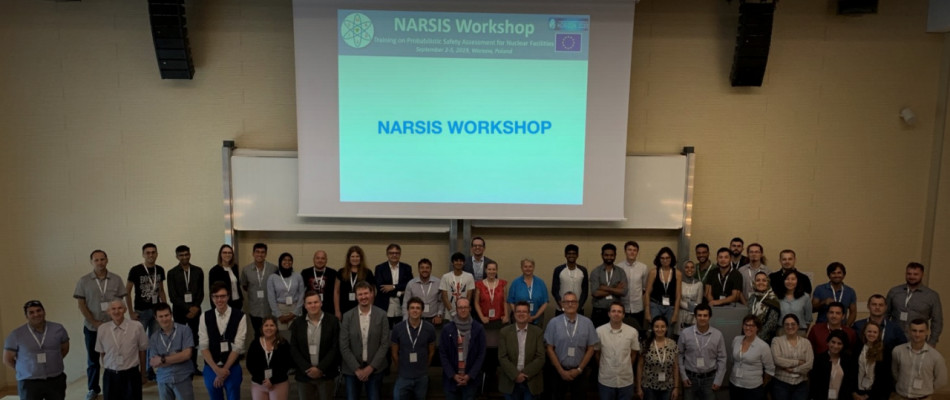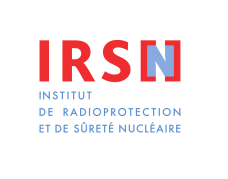NARSIS at a glance

The Probabilistic Safety Assessment (PSA) procedure allows practitioners to better understand the most causes prone to initiate nuclear accidents and to identify the most critical elements of the systems.
However, lessons learnt from the Fukushima Daiichi nuclear disaster point out the necessity of upgrading the current methodological framework related to areas such as cascading and/or conjunct events characterization, structure responses and uncertainties treatment. New developments in those areas would even enable the extension of their use in accident management.
Based on recent theoretical progresses, the NARSIS project aims at making significant scientific step forward towards addressing the update of some elements required for the safety assessment. These improvements mainly concern:
-
Natural hazards characterization, in particular by considering concomitant external events, either simultaneous-yet-independent hazards or cascading events, and the correlation in intra-event intensity parameters.
-
Vulnerability of the elements to complex aggressions, with the integration of new approaches such as vector-based fragility surfaces and reduced models
-
Better treatment of uncertainties through adoption of probabilistic framework for vulnerability curves and non-probabilistic approach to constraining the “expert judgments”.
The NARSIS project does not aim at performing a complete review of the PSA procedure, but to propose some elements of improvement to be integrated in the current PSA procedures. The effectiveness of these improvements will be tested and validated in the frame of the project through a set of laboratory experimentations and numerical simulations using generic nuclear power plant and real case applications.
To achieve this goal, NARSIS brings together relevant researchers and practitioners in a consortium and take benefit from the expertise of an advisory board formed by regulatory representatives.
Dernière mise à jour le 28.07.2020





























